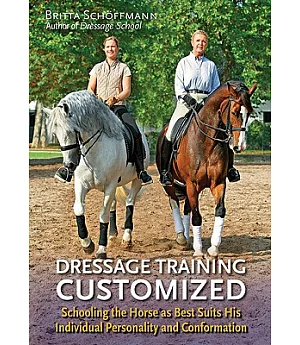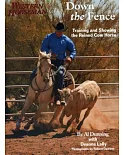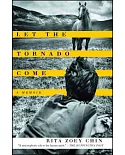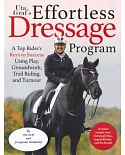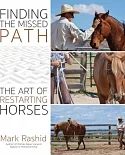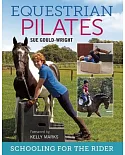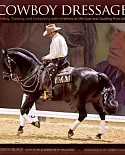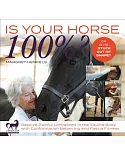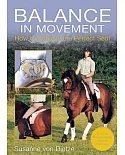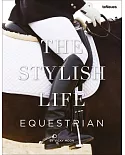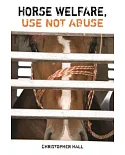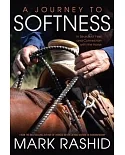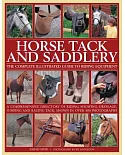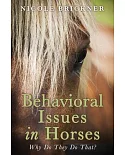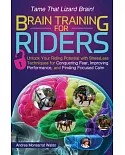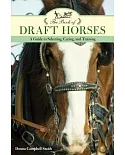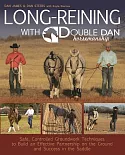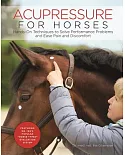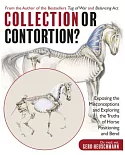Train your horse according to his "type," and you'll discover he learns movements faster, performs them better, and enjoys exploring the sport of dressage alongside you. In this book, you'll
find out how to read your horse's:
Is he quiet or spooky? Hyper or placid? Lazy or an overachiever? Sensitive or resistant?
Is he short-coupled or long-backed? Is his neck set high or low? Is it shaped correctly? Is he tall or short? Slab-sided or wide?
Does he have a gelding's placid disposition? Is she a mare with hormonal mood swings? Is he a stallion with an attitude?
Does your horse's particular breed impact his ability to perform dressage movements? Is his build or temperament more suitable for another discipline or use?
With your horse's type in mind, you can then alter the dressage Training Scale accordingly---its six elements can be applied in differing measures as best suits your horse This is the key" to
your training success
Horses are complex creatures. Our challenge in training them---whether for competition or for pleasure---is to take both their instinct and intelligence into account, along with the other
aspects that for mulate a horse's "type": character, conformation, gender, and breed.
Perhaps you have a "hot," sensitive, short-coupled Thoroughbred mare, and your friend has a placid, long-backed Warmblood gelding. Doesn't it make sense that you work them differently? One of
you must ride quietly and assuredly while focusing on stretching and relaxing the horse's mind and body. The other must ride actively, compress her horse's frame, and keep him from "falling
asleep."
All too often people try to apply the same techniques, in the same order, with the same intensity, regardless of their horse's defining characteristics. The result? At best slowed or stalled
progress in learning movements and maneuvers, and at worst a fractured horse-and-rider relationship---or even a "ruined" mount.
Now Grand Prix dressage rider Britta Schoffmann has provided an in-depth key to the major horse types, as well as training "roadmaps" for each. She explains that no matter how experienced a
rider you are, whether this is your first dressage prospect or your fiftieth, every horse is different, and each one must be treated as an individual when it comes to planning and implementing
a training program.
Learn how to ascertain a horse's character by looking at his ears, eyes, and stance, and noting his reactions under saddle. Is he easily upset? Spooky? Maybe he's an overachiever and falls
apart when he makes a mistake. Is he always "up to no good," or "looking for trouble"? Perhaps he's a prankster that needs to be kept busy.
Find out why your horse's anatomy plays a role in how he's trained. The length of his back, the shape of his neck, the set of his legs, his size and stature all impact his ability to perform,
as well as his longevity as a dressage mount. And your horse's gender must be taken into account---does he have a gelding's pliable attitude, a mare's hormonal swings, or a stallion's
machismo?
Training according to the horse's type is something anyone can do. With the guidelines, hints, and tricks provided in this book, you'll find "reading" a horse before you get on him soon becomes
automatic. And, whether you school dressage for fun, for competition, or to supplement your horse's performance in another equestrian discipline, the six elements of the dressage Training
Scale---administered in differing amounts according to the horse's type---are all you need to ensure a happy, healthy mount and a thriving partnership.

